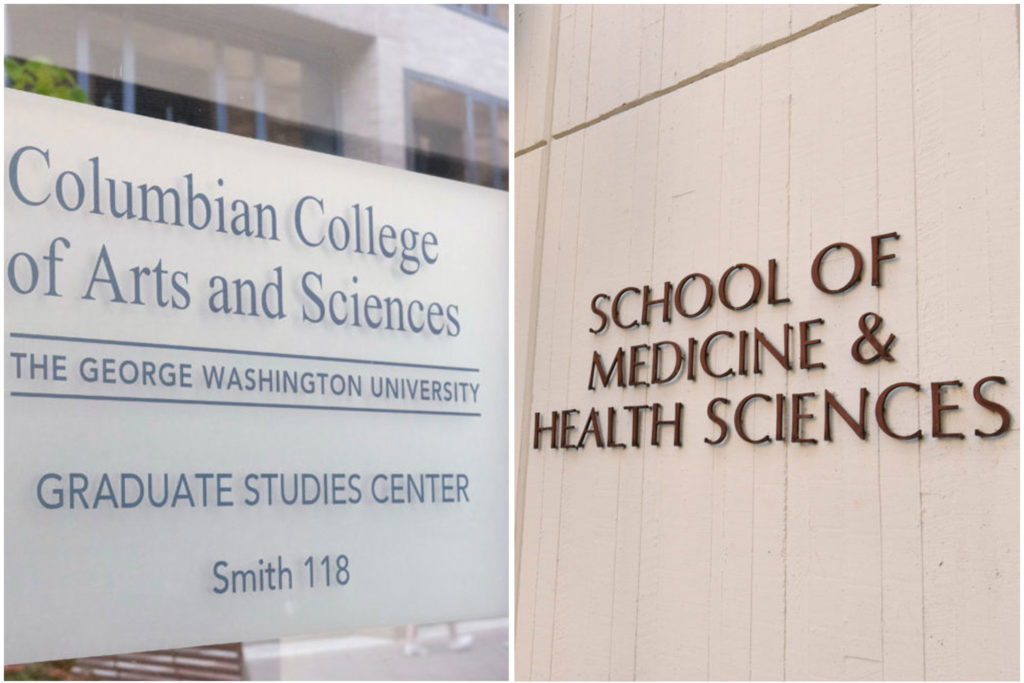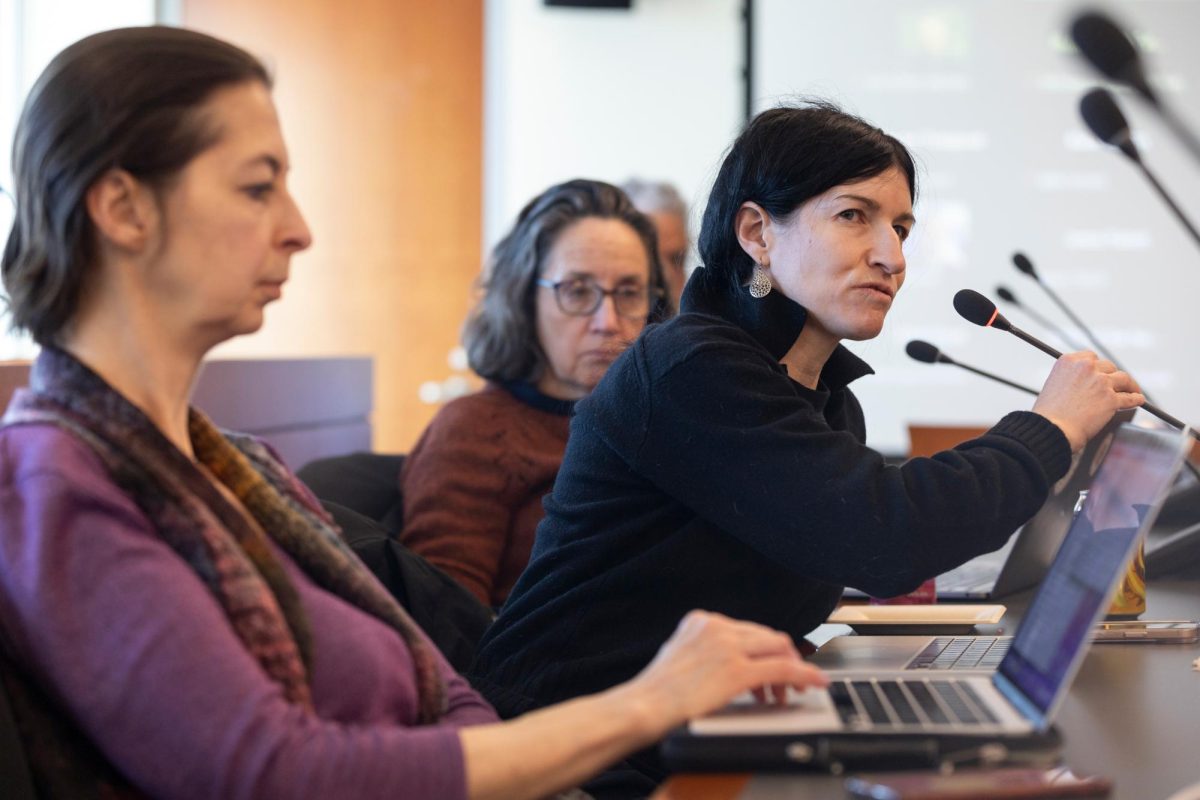A partnership between the Columbian College of Arts and Sciences and the Milken Institute School of Public Health is starting to train doctoral students this fall to recognize intersectional and marginalized identities in HIV treatment.
The Training Program in Approaches to Address Social-Structural Factors Related to HIV Intersectionality, also known as TASHI, started training its inaugural two-student cohort this academic year to provide faculty mentorship for research projects to target marginalized groups in HIV treatment. TASHI faculty said the program provides scholarships that cover tuition, living expenses and student health insurance and trains students in skills like manuscript writing, which enables them to “inform” the field of HIV research while still in school.
Courtney Coffey, the program manager for TASHI, said the program will train 10 students – composed of an annual two-doctoral student cohort during each of the next five years – to design and conduct research on HIV interventions through community engagement. She said the TASHI faculty sent flyers to institutions that serve students of color like Historically Black Colleges and Universities and Hispanic-Serving Institutions to garner racially and ethnically diverse cohorts that can bolster intersectionality in HIV with their own diverse experiences.
She said social and behavioral HIV treatments have been aimed at “conventional” groups like heterosexual, white, cisgender males for the past 40 years.
“This is an exciting time in the field,” Coffey said. “I am so glad that it’s answering the call for community-driven social, structural and multilevel interventions that really seek to change power dynamics, that seek to shift and transform systems of oppression, especially for those that are sort of living at multiple axes of marginalization.”
She said a team of 18 faculty members from the public health school, CCAS and the School of Medicine and Health Sciences will mentor students each year on research projects pertaining to intersectionality in HIV.
Coffey said TASHI program participants will design research projects with stakeholders while in the program. She said students will work to target marginalized communities through their projects in hopes of developing equitable partnerships with the groups they research.
“Community-driven interventions are highly impactful and really, really resonate with other stakeholders that have similar lived experiences,” Coffey said.
The proliferation of the HIV/AIDS epidemic in the 1980s intensified discrimination toward the Black and LGBTQ+ communities, who experienced neglect in healthcare and worsened the number of cases.
Kim Blankenship, an external advisory board member for TASHI and the associate dean for research at American University, said previous generations of researchers largely failed to address how systemic oppression intersects with HIV research and how that failure created risks for groups like women of color and transgender people.
She said as HIV rates have decreased over time, the higher risk level of HIV to marginalized groups like transgender men has remained stagnant. She said she encourages students of intersectional identities to join the program to use their diverse experiences to address the inequities.
The Centers for Disease Control and Prevention reported that from 2010 to 2019, HIV rates among white men who have sex with men decreased significantly from 7,500 to 5,100 cases.
But the same downturn did not translate to the Black and Hispanic/Latino communities. HIV rates among Black men who have sex with men slightly ticked down from 9,000 to 8,900 cases, and those among Hispanic/Latino men who have sex with men increased from 6,800 to 7,900, according to the CDC.
“If it’s addressed, it’s something that people are acquainted with, but they don’t really get in-depth exploration,” Blankenship said.
She said intersectionality in HIV research is “underdeveloped,” and program participants can form a network with other students in the program as they complete training together and become experts on how to create prevention and treatment that focuses on those of marginalized identities.
“There are some people who have been thinking about these things for quite a while, but they haven’t become kind of mainstream,” Blankenship said.
Experts in HIV research and health equity said there are still hundreds of thousands of new HIV infections each year in places like Africa, and understanding the historical neglect toward marginalized groups in HIV prevention and care is necessary to quell the number of cases and treat HIV-positive individuals.
Don Des Jarlais, a professor of epidemiology at New York University, said researchers have not examined sociocultural and intersectional approaches to HIV research well enough in the past because researchers struggle to find large sample sizes for their research that include a diverse array of identities.
“We need to study ways of improving our prevention programs for people with intersectional identities,” Des Jarlais said. “We have not really developed programs that efficiently meet the needs of such persons.”
Oluwafemi Adeagbo, an HIV specialist and assistant professor of community and behavioral health at the University of Iowa, said HIV interventions in Africa have been more targeted toward women and less toward men, which has revealed the need for intersectional approaches to HIV treatment that target all genders, as opposed to just one.
More than one million newly diagnosed HIV cases appear in Africa every year, more than in any other continent, according to the World Health Organization Regional Office for Africa.
“A lot of men do not know their HIV status because they don’t have enough education about HIV testing and HIV prevention,” Adeagbo said.








